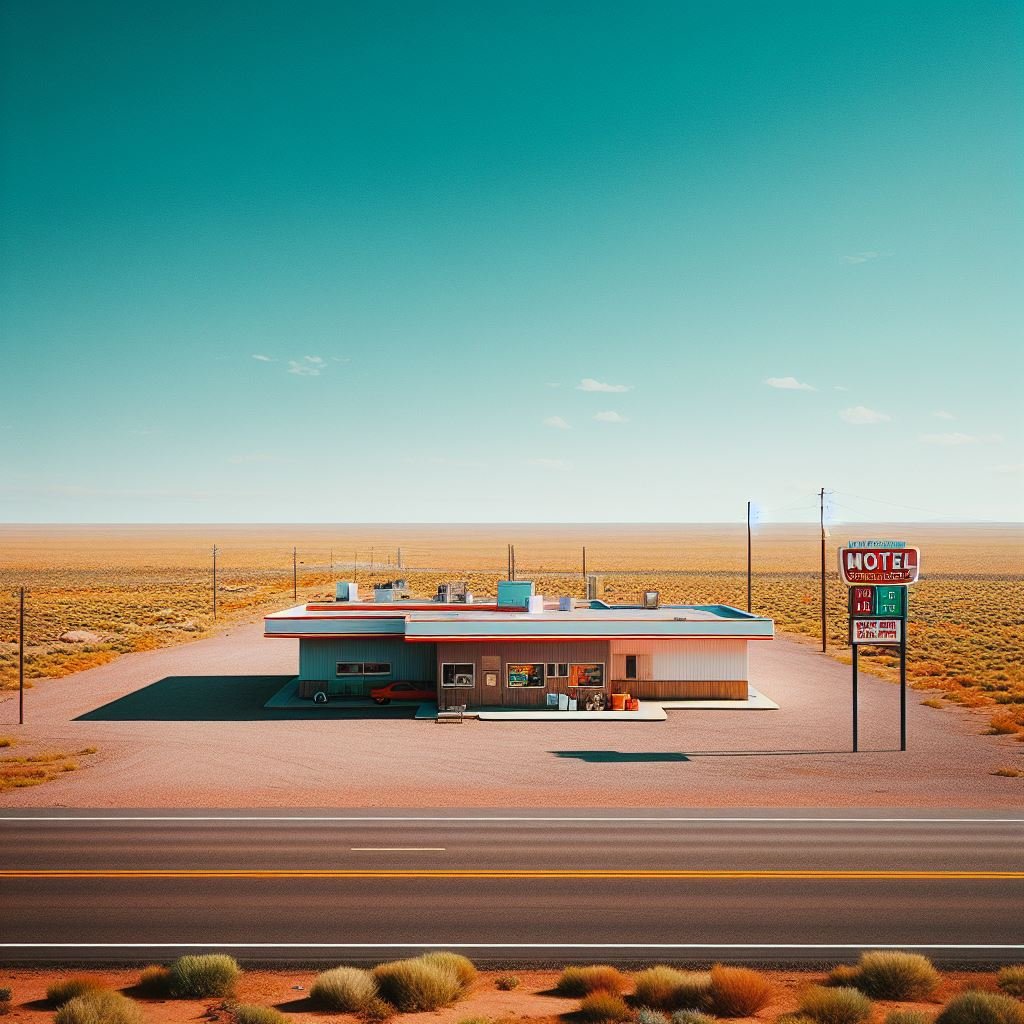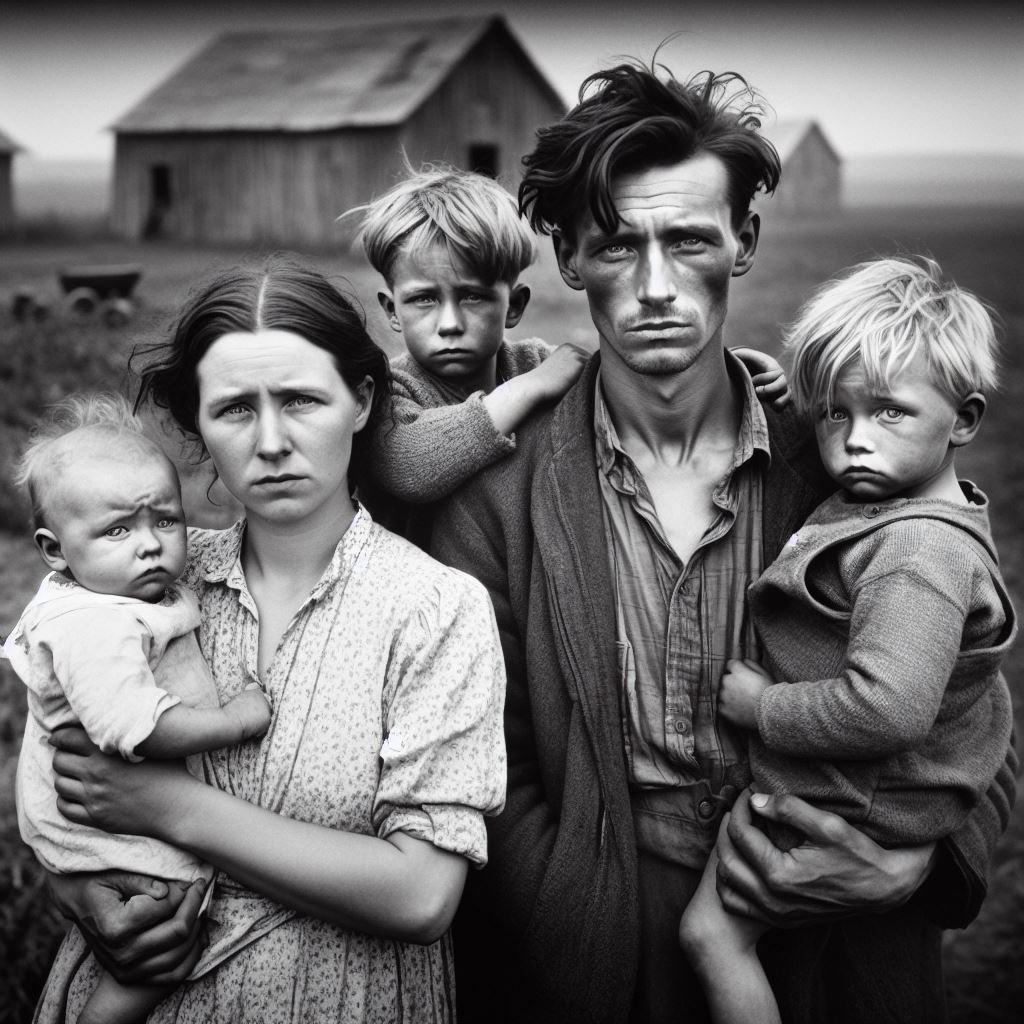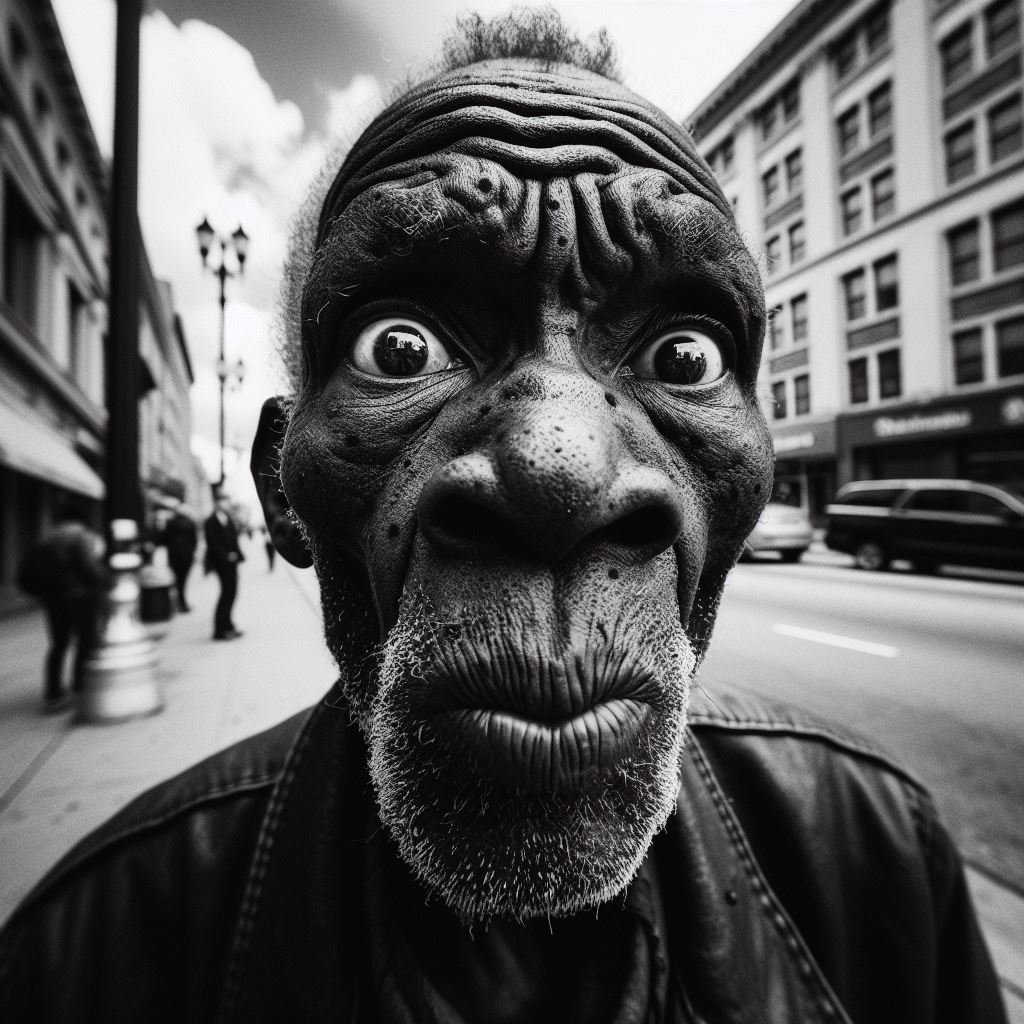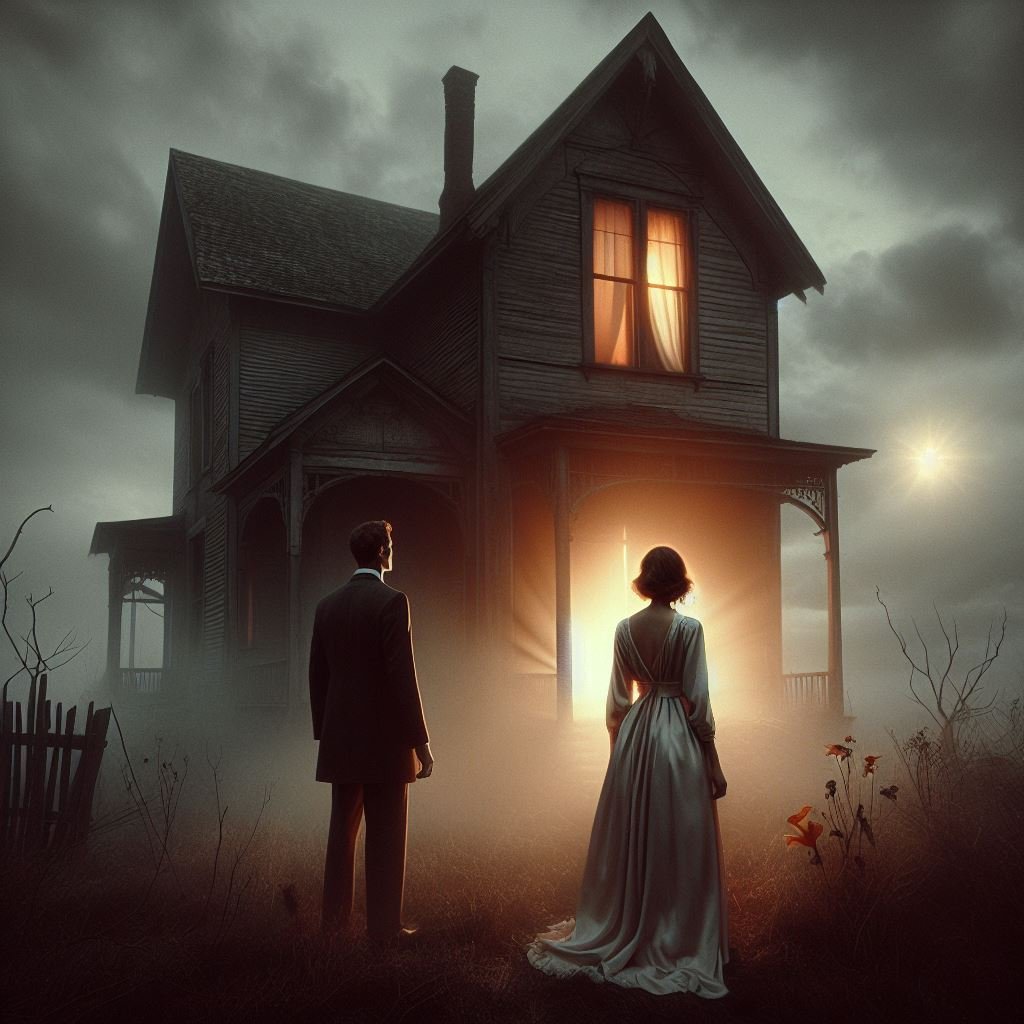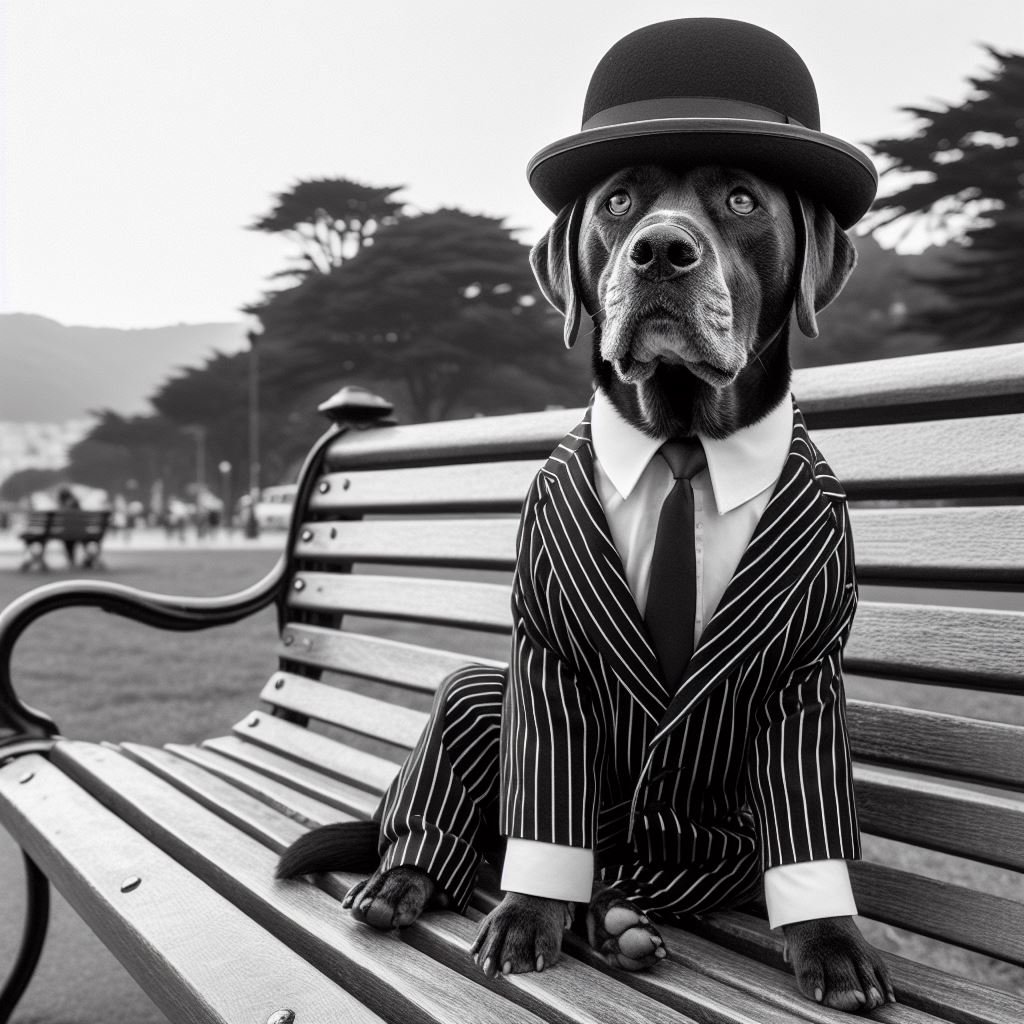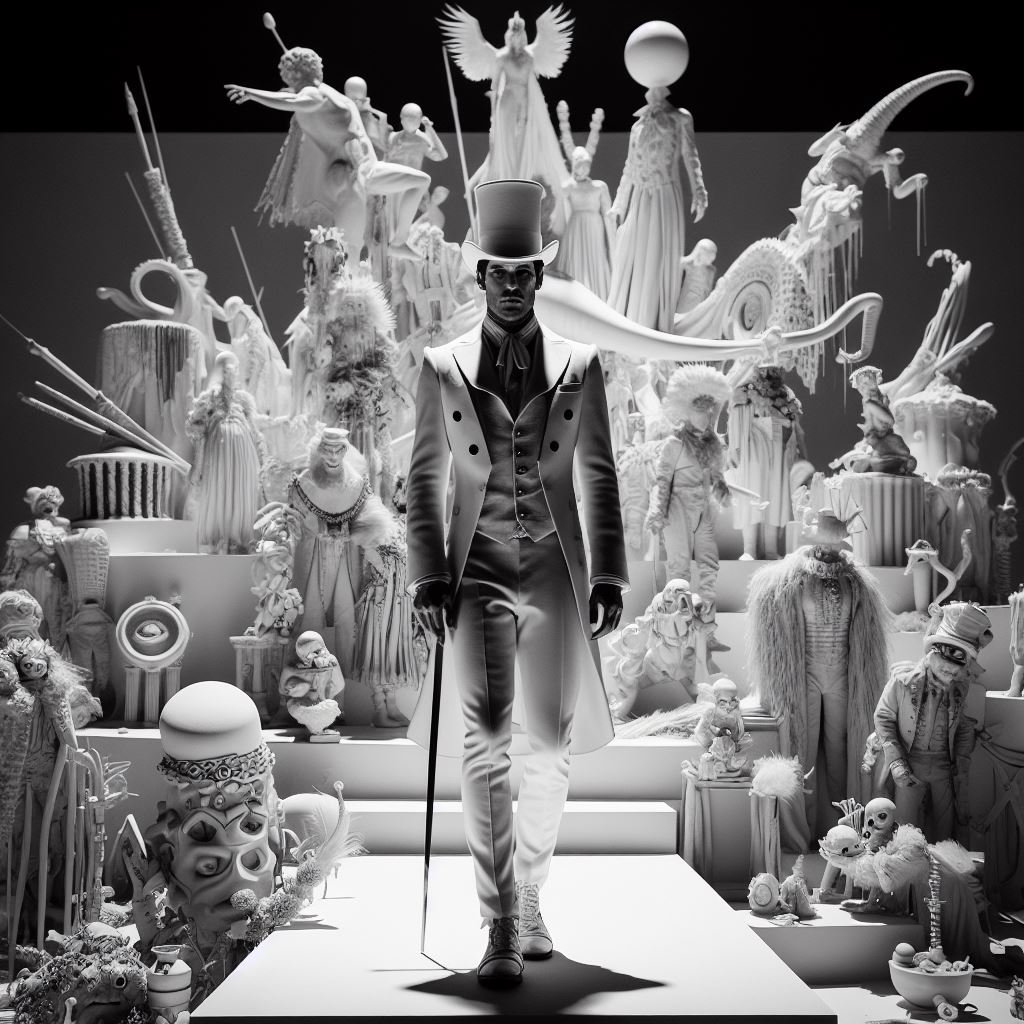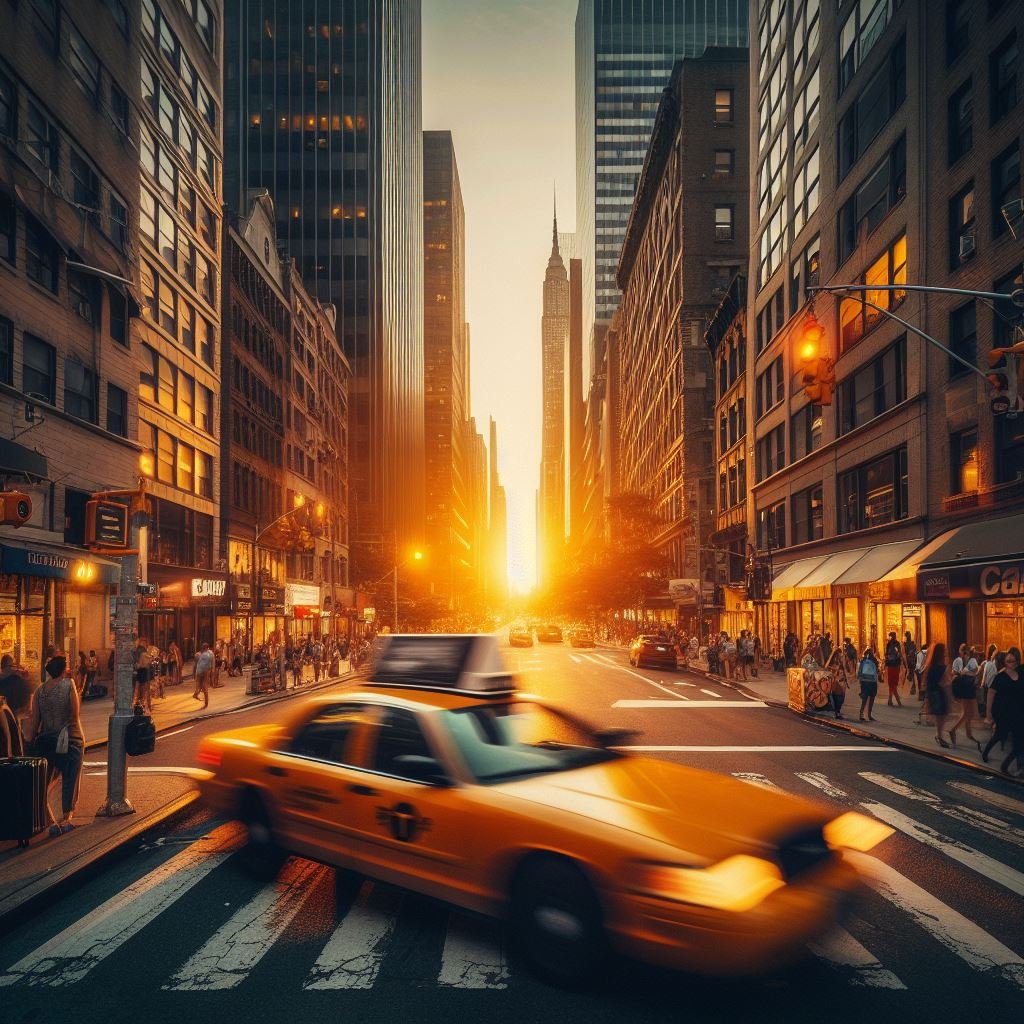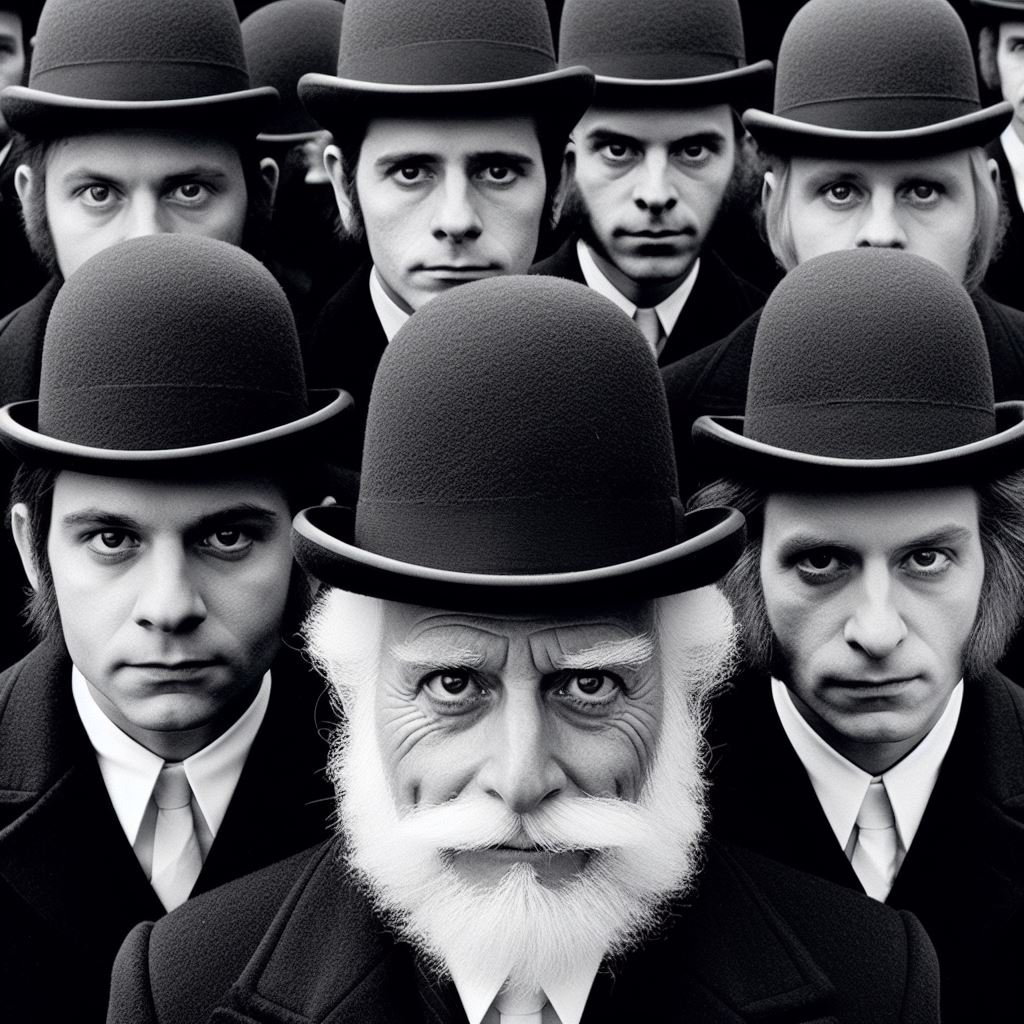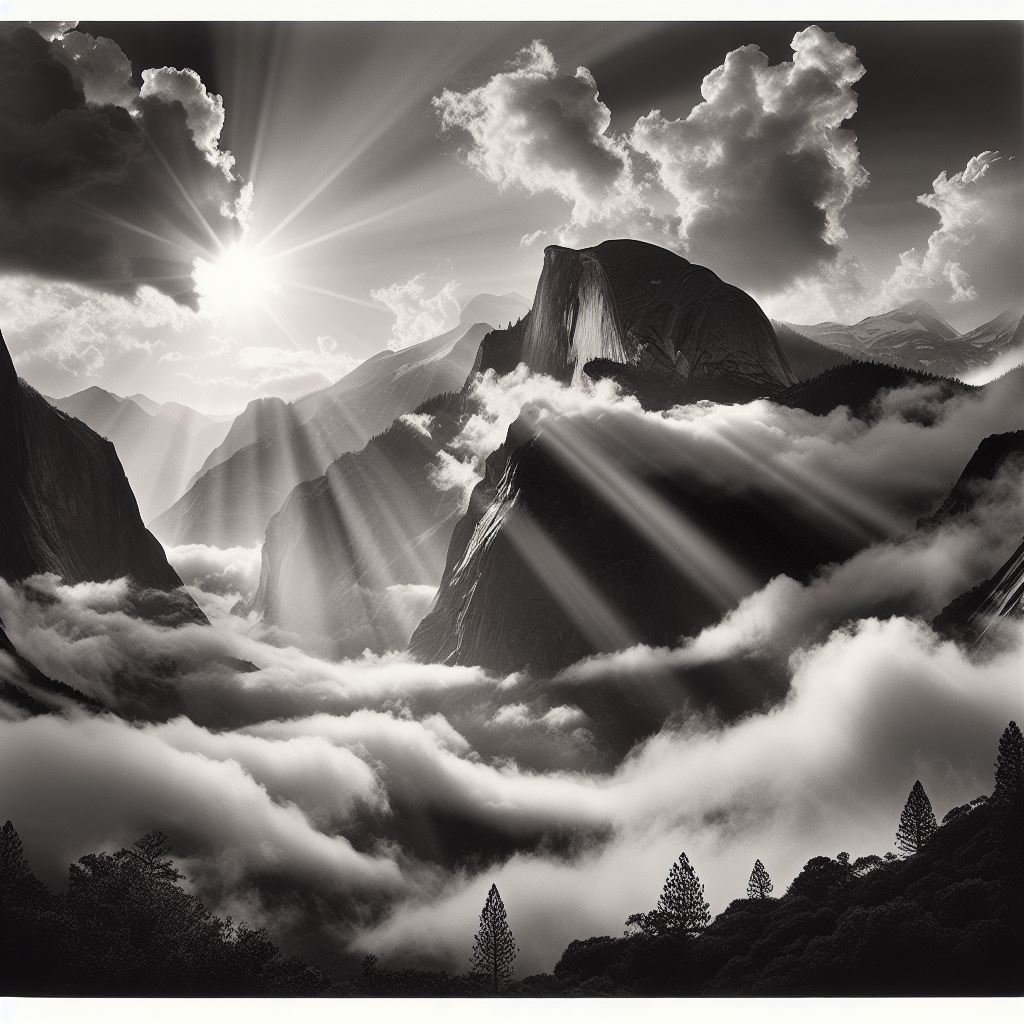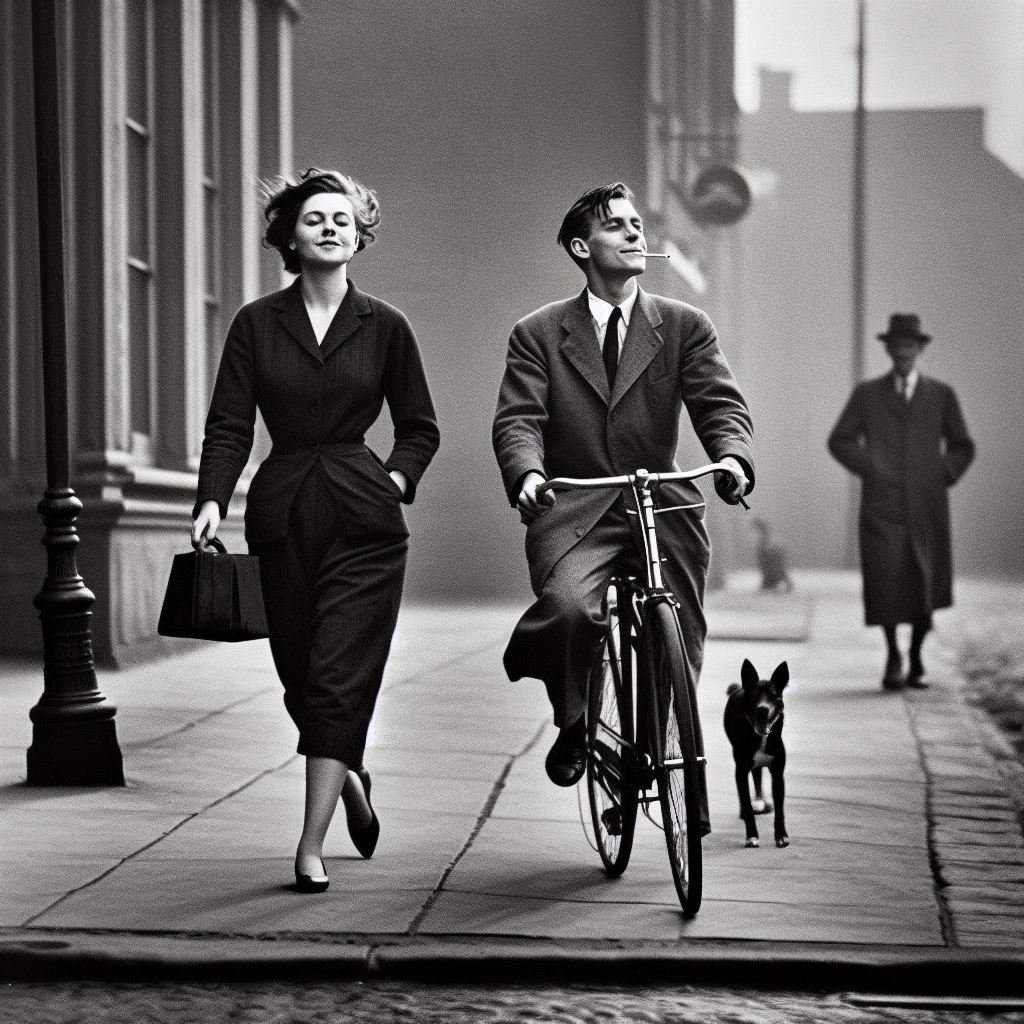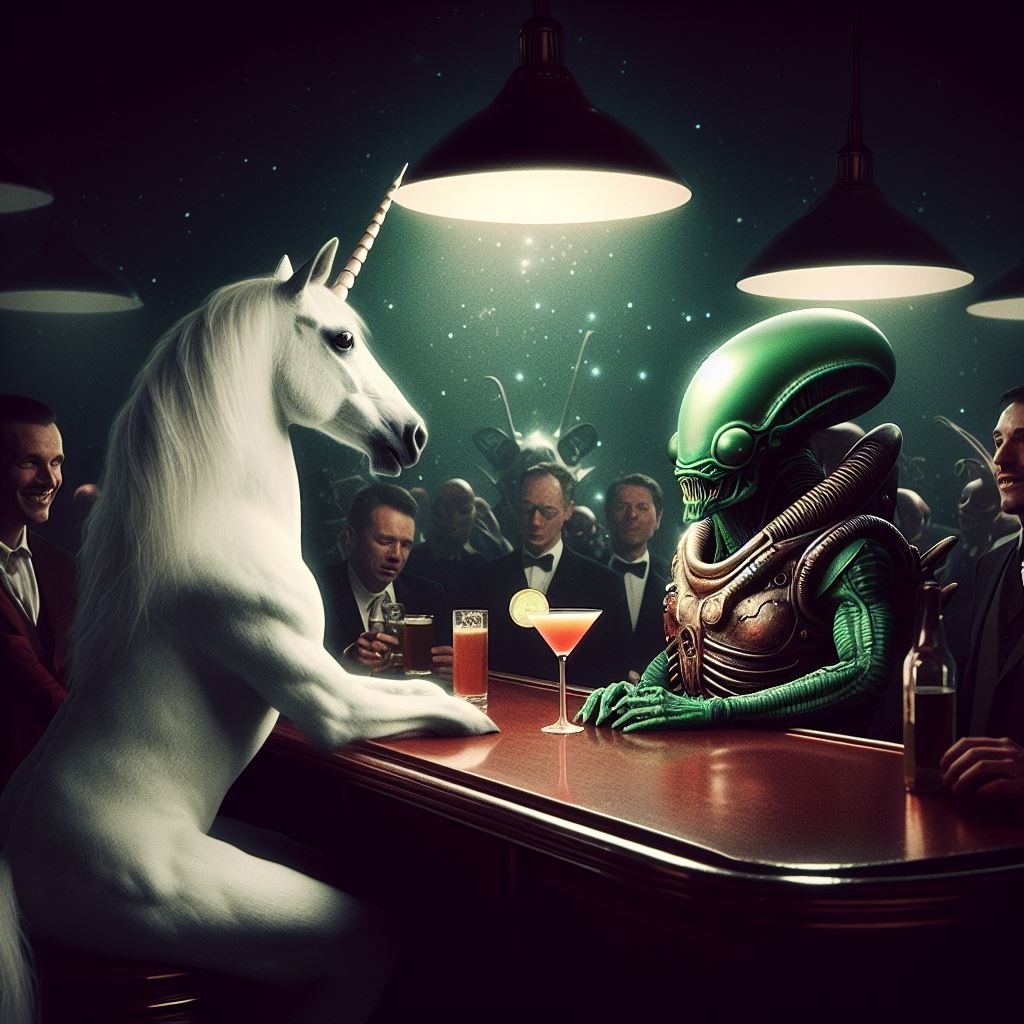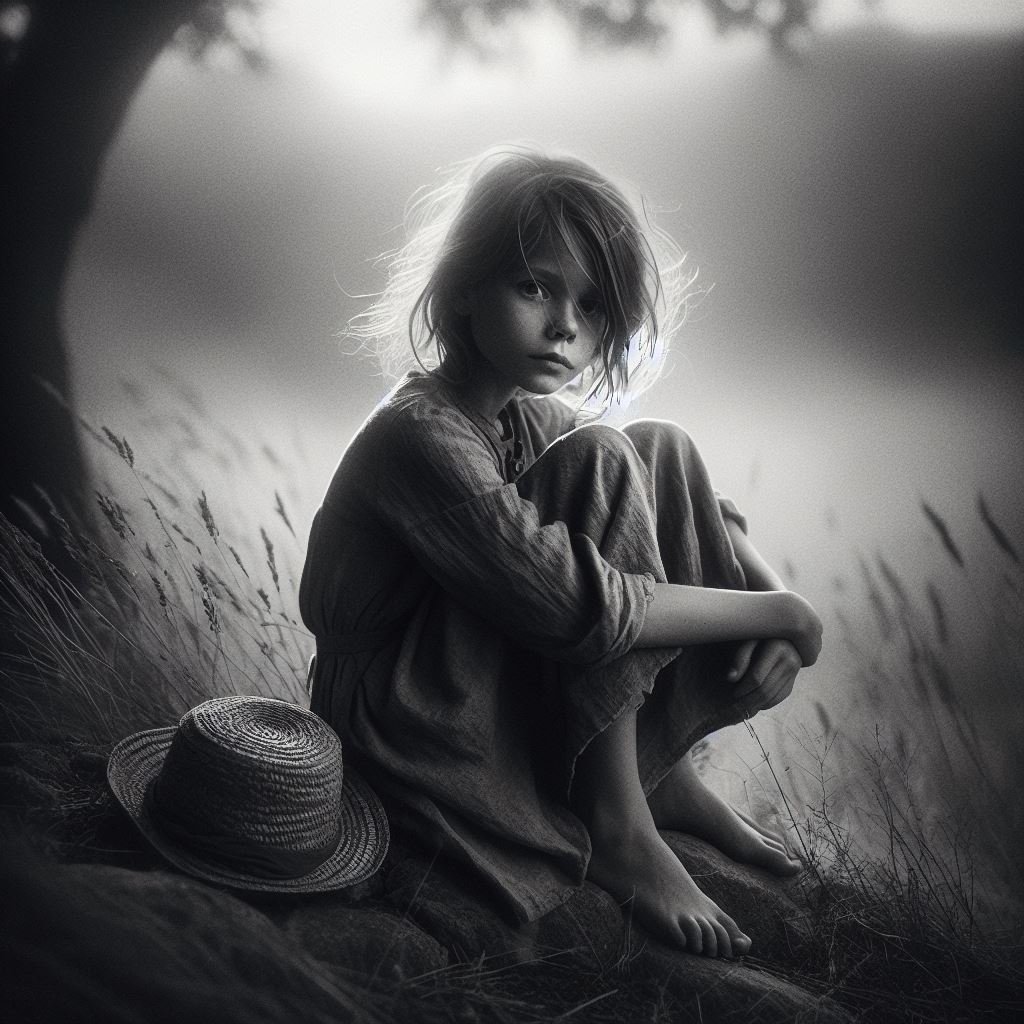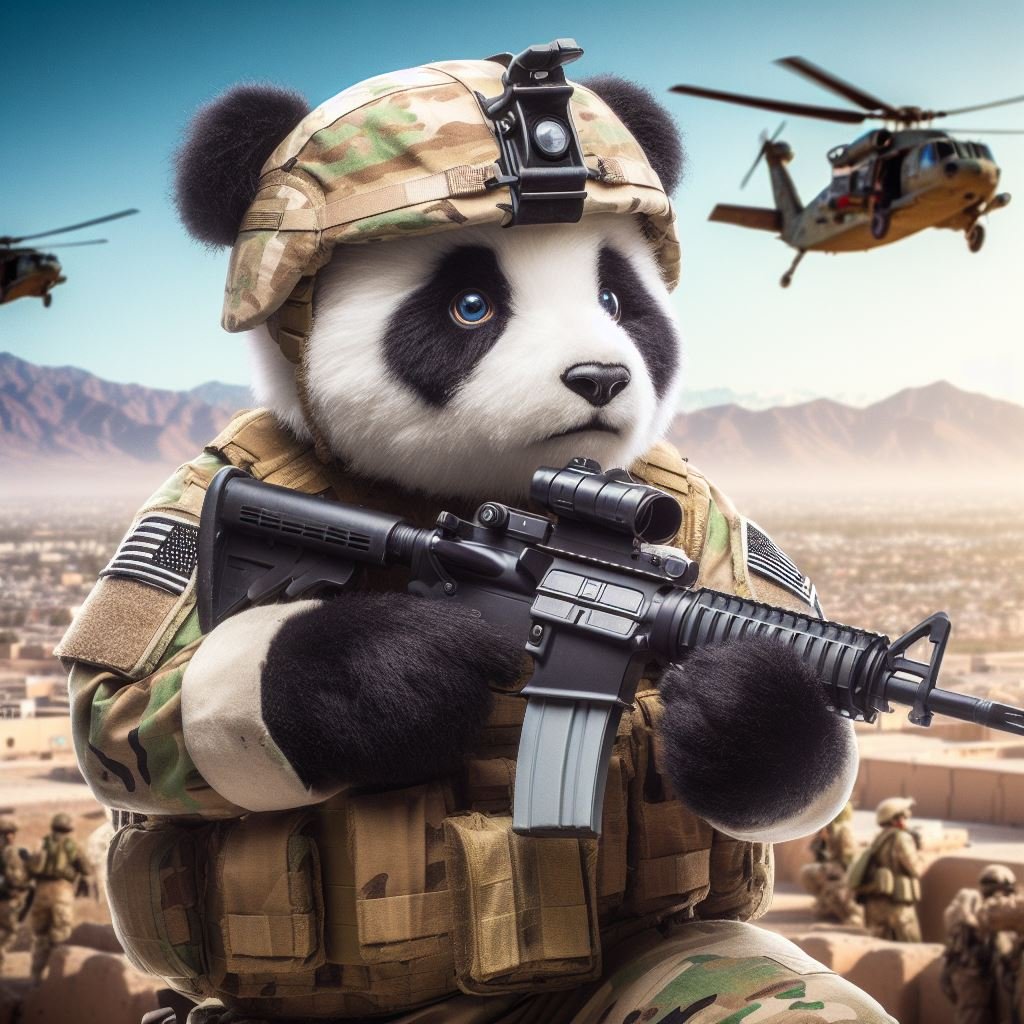I’ve been served up quite a few clickbait stories along the lines of “Will AI Kill Photography?” and I have given them exactly as much attention as they deserve. But then I encountered an op-ed in no less than the New York Times with the title, “A.I. Is the Future of Photography. Does That Mean Photography Is Dead?” and I could no longer stay silent.
No. AI will unleash a shitshow of disruption, but it will not “kill photography” unless it does so incidentally, by killing everything, period. The photo-realistic images that come out of today’s AI image generators will certainly look more photo-realistic tomorrow, but even when their products are indistinguishable from actual photographs, they will not be photographs. The only photographs they will literally replace are certain commercial images, in the way that CGI makes Ikea’s product photos not-photos.
What these articles are generally missing is a useful metaphor that captures the relationship between AI-generated images and photography, because that would immediately undermine the premise of the headline. So behold.
“a photograph in the style of Henri Cartier Bresson,” Microsoft Bing Image Creator, powered by DALL-E 3. I never thought of smugness as an inherent part of HCB’s work, but maybe I missed something.
Imagine that with the advent of writing, people used it solely to record their versions of things that actually happened or were “true.” In the heyday of Barnes & Noble, you would find nothing but memoirs, histories, biographies, science, self-help, yellow Dummies books and text books. Nothing would be labelled “non-fiction” because that’s all there is. In this alternate reality, as in ours, people would understand that every written word was filtered through a human mind; that even the most aspirationally objective journalism has a point of view, that a memoir is made of memories that are as malleable as our own perceptions. But still, in this upside down, the goal of writing would be purely the conveyance of some nominally objective reality.
Then imagine that in 2022, someone said, “Hey, what if we used words to record stories that never happened?” Suddenly you have unicorns talking to aliens, Germany winning the war, kids jumping through walls onto trains to magic academies.
“a photograph of a unicorn talking to an alien in a bar,” Microsoft Bing Image Creator, powered by DALL-E 3. Pics or it didn’t happen.
Now, this would be a big deal, a whole new way to use written language. Apart from having a ton of fun, we would be able explore new truths in new ways. How goddamn exciting!
Some curmudgeons might think this new thing was a mere frivolity. But you know what no one would think? That fiction would “kill” history books, or journalism, or memoirs, or biographies. Fiction and nonfiction might both be writing, but they’re not in competition. They’re not for the same things, even if there’s some overlap. Only someone who can’t read is likely to mistake one for the other.
This is the critical difference between a photograph and an AI-generated photo-realistic image: the photograph is generally supposed to be of a scene that existed in the world. Now, not since the first week of photography’s existence has anyone been naive enough to believe that a photograph is some impartial record of reality since there are countless elements that intervene: that pesky translation from three dimensions to two, the fingerprints of the technologies used to take the photo and later present it, the myriad decisions the photographer made (or didn’t) about configuring and pointing the camera, what was included in and excluded from the frame… you could fill volumes with the ways photographs are not reality, but their stubbornly indexical nature, even when created with a smartphone and all its image “optimization,” is not really debatable. Yes, they can be manipulated, made to lie, but they have an essential truthfulness that people, lying liars that we are, have to actively undermine.
“a photograph in the style of sally mann,” Microsoft Bing Image Creator, powered by DALL-E 3. This seems to have a Hallmark filter applied; Sally’s kids usually look more difficult.
AI image generation runs that pipeline in reverse: you certainly could use it to illustrate something that really happened, but it would be pushing against the nature of the medium, which conjures photo-ish images through means that are opaque, not only to the person writing the “prompt,” but also to the system’s creators. The complete rupture of the indexical link makes AI imagery a fundamentally different thing from what has been understood as photography for the last couple centuries, and the difference seems so astoundingly obvious to me that I’m surprised, despite my cynicism, that we’re having this conversation at all.
The vat-grown images that AI produces are not photographs. The fact that they can be mistaken for photographs is significant since bad actors will leverage that ambiguity to nefarious ends. This may further undermine public trust in images as usefully indexical records of things that happened, but it won’t decrease our appetite for legitimate photographs that show us the world; it will just put a premium on trusted curators among discerning consumers of information, and make the less discerning easier to dupe than they already are (but honestly, how much can that bar be lowered?)
The fiction/non-fiction metaphor is useful, but it does break down eventually. A good fiction writer can create an entirely credible but entirely fictitious memoir. A desperate journalist can make up stories a lot faster than actually reporting them out. If the chips fall their way, no one is ever the wiser. It happens! That doesn’t diminish the appeal of good journalism or honest memoirs. But even though we may drag the poor writer who mislabels their creative output, it has infinitely more value than a fake AI photo, which is at best an illustration, and at worst an empty simulacrum of a fantasy no one had.
“a photograph in the style of henri cartier bresson,” Microsoft Bing Image Creator, powered by DALL-E 3. Smug with a side of Exorcist this time. I doubt Henri would have framed this to omit the 12-foot-tall man walking the dog.
That hasn’t stopped artists from trying to use this new tool to some interesting effect. The effect, in my experience so far, has been underwhelming. I don’t want to throw specific shade on the artists quoted in the NYTime piece I cited, but I went to Paris Photo last year and stumbled blearily through the “secteur digital,” a ghetto that the show organizers apparently felt compelled to offer so they wouldn’t seem out of touch with a potentially, but not actually, important artistic trend. My admittedly brief glance was not rewarding. I would listen to anyone with a coherent counterargument, but I would not listen to someone who argued that that stuff was photography, or that it was going to kill anything but some time.
“a photograph of a panda dressed as a US army sergeant fighting in afghanistan,” Microsoft Bing Image Creator, powered by DALL-E 3. Fake news?
Let me be clear that I’m not shorting AI in general. It’ll be big. We’ve already got two wheels across the center line and while we bicker about gender pronouns the car is lazily drifting further over. If we had AI in this jalopy it might alert us to the fact, but the basic machine of human culture remains firmly rooted in hunter gathering and doesn’t even have anti-lock brakes, much less lane guidance. The oncoming AI truck will make a hell of a bang when we hit it, and yes, I think we’ll see some killing. But photography is safe, as long as we retain our humanity.
